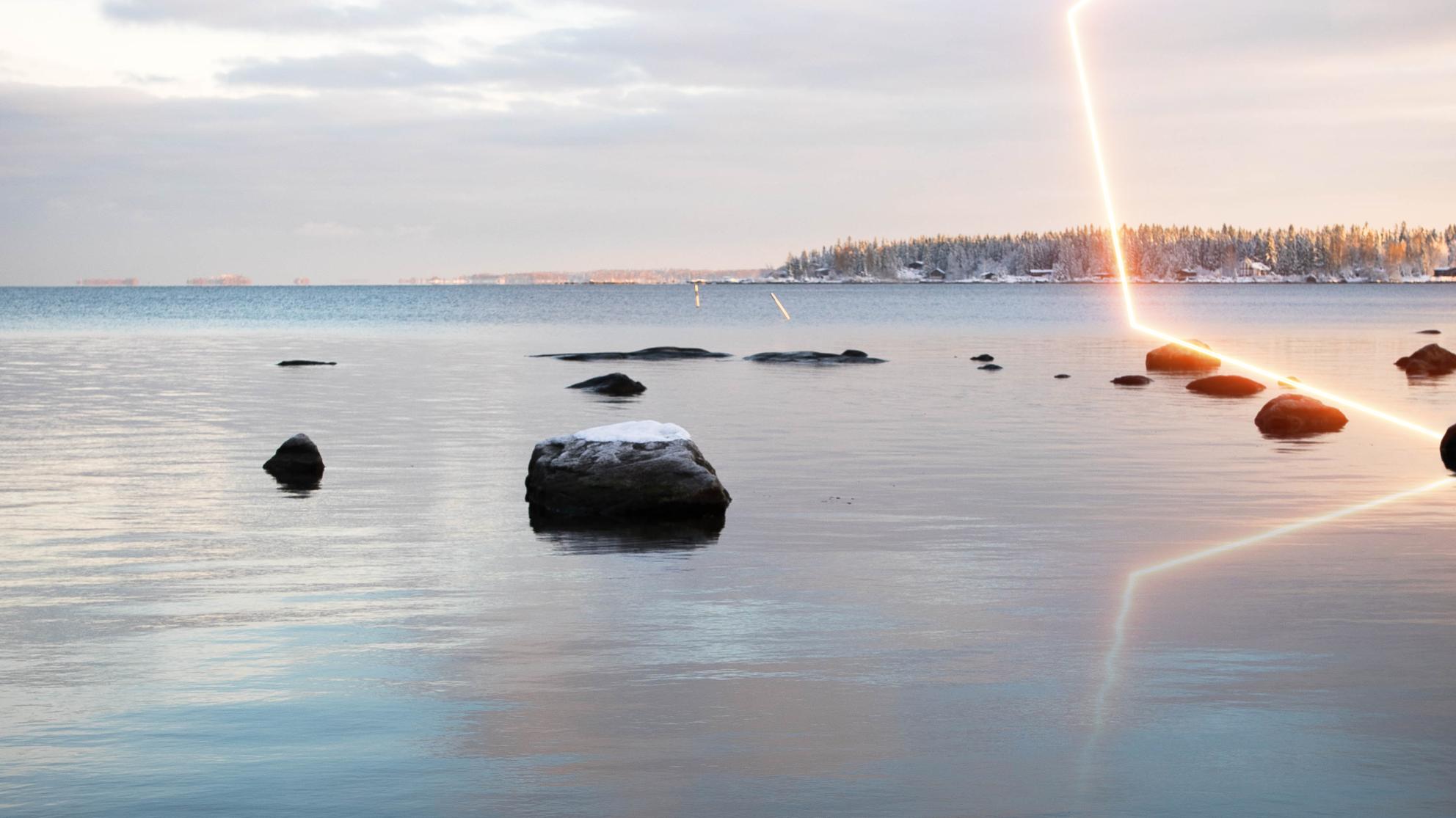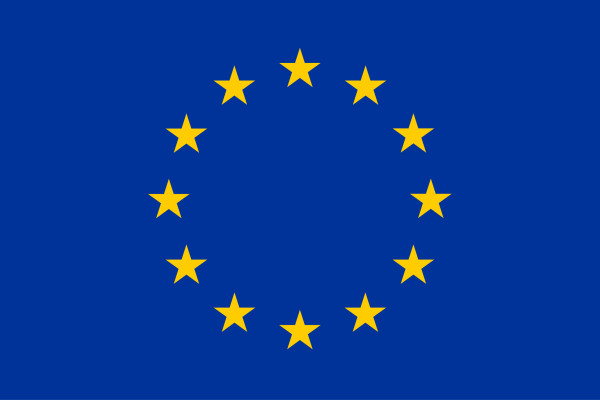Responsible regional energy transition – Ostrobothnia pilot region in new EU project

Ostrobothnia is one of the three pilot regions in the project next to Extremadura in Spain and the Highlands and Islands of Scotland. In total, 11 organisations from seven countries are participating in the project, which has received funding from the EU Horizon 2020 programme. The University of Vaasa, the Regional Council of Ostrobothnia and Merinova represent Finland and Ostrobothnia in the project.
– In Ostrobothnia and the two other pilot regions, transition labs will be set up, i.e. co-creation environments where different co-creation methods and tools will be tested to support the regional energy transition, explains Mona Enell-Nilsson, Assistant Professor and responsible for the project at the University of Vaasa.
The actors in Ostrobothnia will map the region's needs, develop a vision using the co-creation environment, and select priorities and concrete measures related to the energy transition. Public organisations, companies, universities, other organizations, as well as citizens, will be engaged in the process. The project will also fund smaller pilots to meet the identified needs of the regions.
Networking increases the impact
The focus of the RIPEET project is to highlight innovations, research and measures needed for the transition towards renewable energy in Ostrobothnia.
– This is particularly relevant now, especially in the light of the EU's Green Deal, in which the regions are involved and working for a climate-neutral Europe. The RIPEET project also relates to the new regional strategy of Ostrobothnia, where sustainable development is one of the starting points, says Kaj Suomela, Regional Mayor in Ostrobothnia.
The project's impact will be enhanced by involving mirror regions, six other European regions, following the project activities closely, and having the opportunity to join the RIPEET community. This will be run by ERRIN, a network of more than 115 European regions interested in researchand innovation.
The RIPEET project is coordinated by Zentrum für Soziale Innovation (ZSI), an Austrian center for social innovation. The total funding for the project is about two million euros, the budget of the project partners in Ostrobothnia is about 350,000 euros.
– In addition to me, Arto Rajala, Professor of Marketing, and Khuram Shahzad, Assistant Professor in Industrial Management and InnoLab, are currently involved in the project at the University of Vaasa. Our university has broad expertise in participatory methods. This project is a natural next step to previous projects, such as the BothniaTM project.
More information
Mona Enell-Nilsson (University of Vaasa), moen (@) uwasa.fi, +358 29 449 8400
Johanna Dahl (Regional Council of Ostrobothnia), johanna.dahl (@) obotnia.fi, + 358 44 312 6743
Tauno Kekäle (Merinova), tauno.kekale (@) merinova.fi, +358 40 076 1619
RIPEET - Responsible research and Innovation Policy Experimentations for Energy Transition
- Time: 1.2.2021–31.1.2024
- Funder: EU Horizon 2020 program
- External funding: 1 999 831 euro
- Project partners: Zentrum für Soziale Innovation GMBH, University of Vaasa, Regional Council of Ostrobothnia, Merinova, Leiden University, ERRIN, Community Energy Scotland (CES), The Foundation FUNDECYT Scientific and Technological Park of Extremadura, The Extremadura Energy Agency (AGENEX), Highlands and Islands Enterprise (HIE), Knowledge and Innovation (K&I) – School of sociology and interdisciplinary research
This project has received funding from the European Union’s Horizon 2020 research and innovation programme under H2020-SwafS-2018-2020 / H2020-SwafS-2020-1 | Grant Agreement No. 101006295
